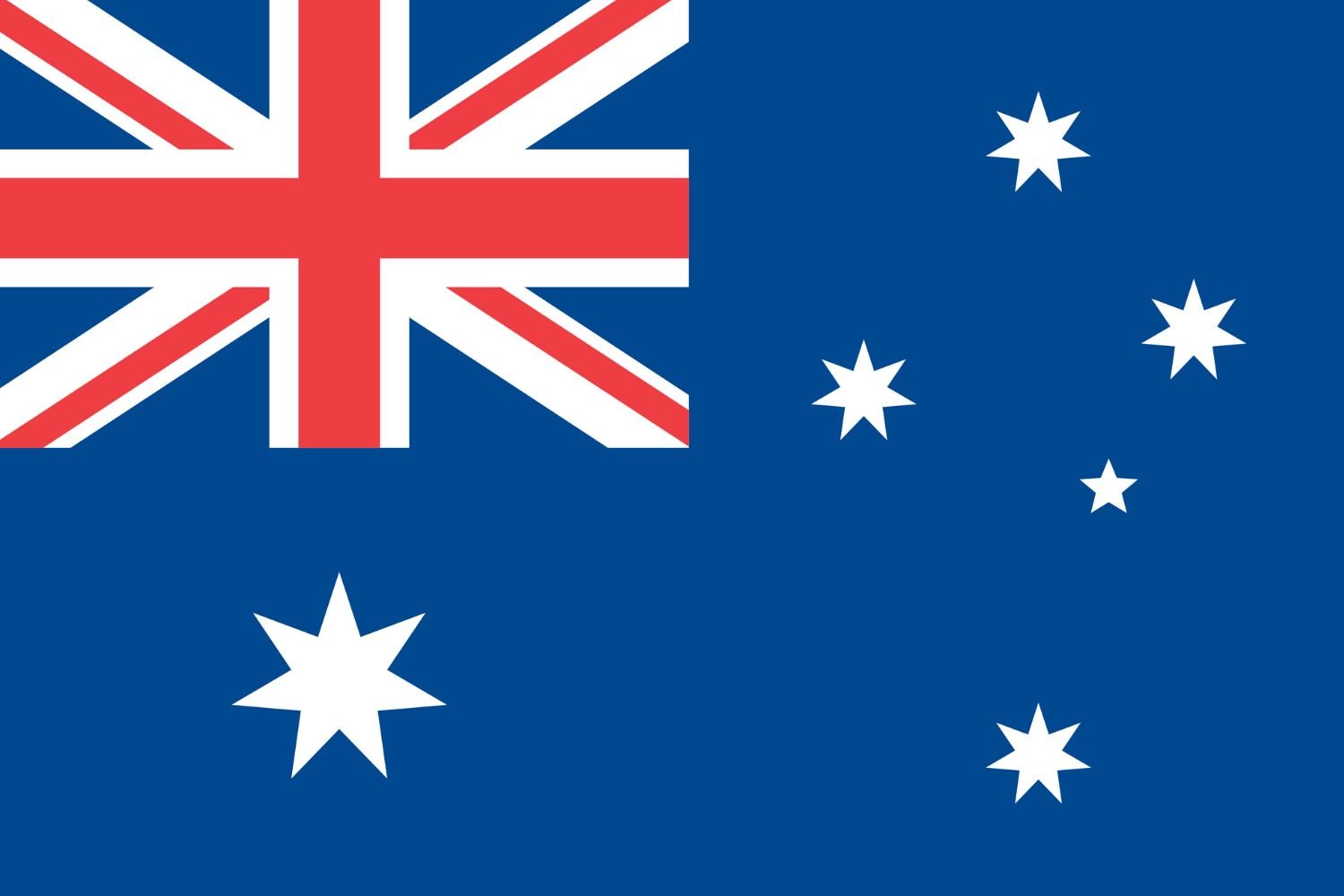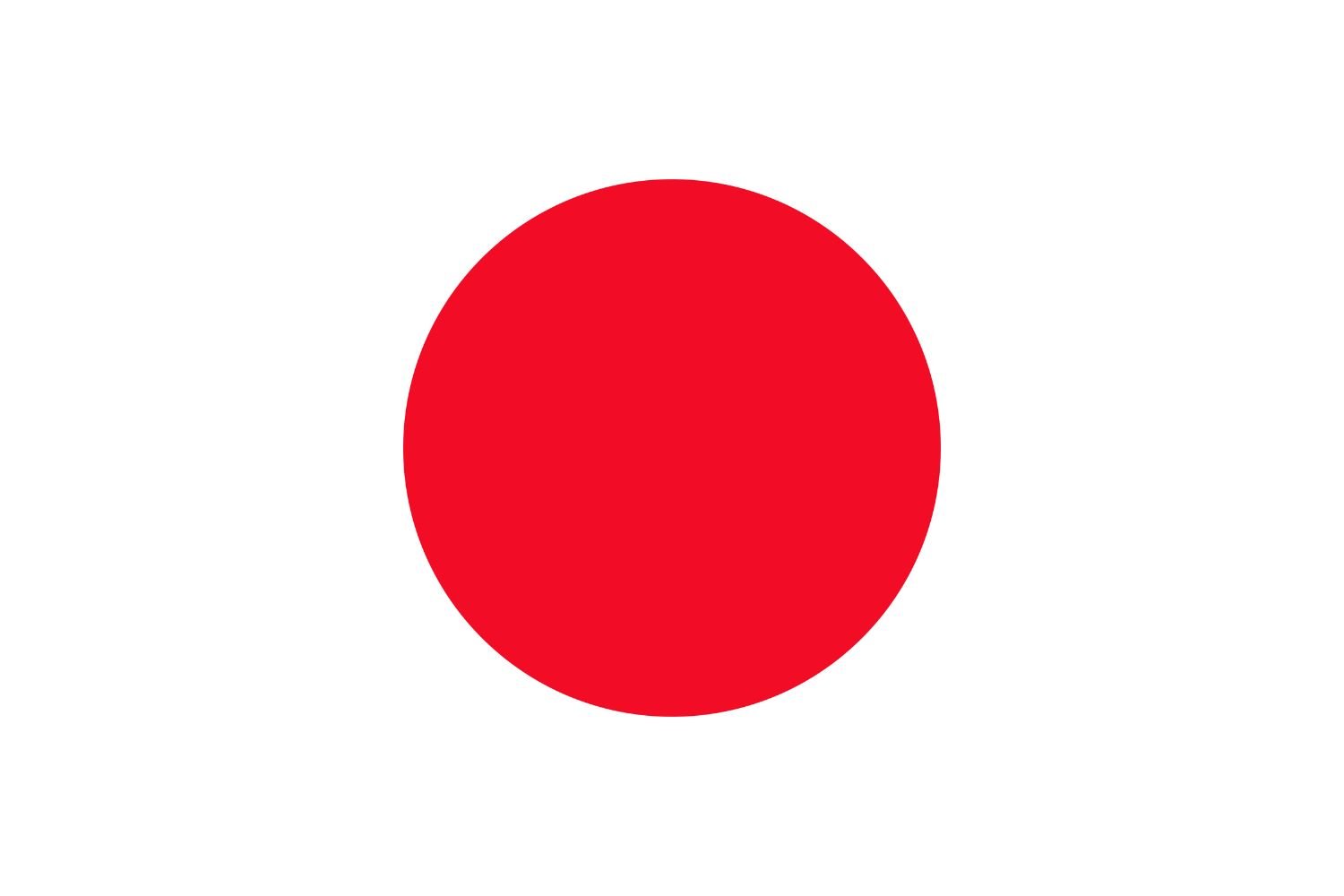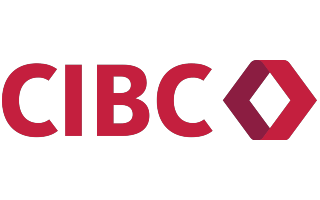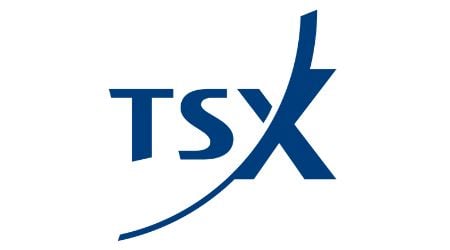Canadian stocks make up over 3% of the global market, so international investing is a simple way to gain exposure to a much wider range of wealth-building opportunities. The good news is that there are multiple ways to buy international shares in Canada.
Whether you want to learn how to buy Chinese stocks, Japanese stocks, European stocks or investments in other markets, keep reading to find out how to buy international stocks in Canada.
2 ways to buy international stocks in Canada
- Buy international ETFs & mutual funds. Invest in exchange-traded funds or mutual funds that hold international stocks. This is the simplest, most cost-effective way to buy international stocks.
- Buy shares of international companies. Invest directly in international stocks—such as Facebook and Apple—using an international broker.
Top international investing platforms in Canada
How to buy international stocks in Canada
Step 1: Compare options and choose a broker
To invest in international stocks and ETFs in the US, Europe, Asia and other locations around the world, look for a platform that provides access to international and Canadian stock exchanges. Learn more about buying stocks here.
There are many different account options to choose from, and it’s worth comparing them to choose the best one for you, like you would any other financial product. Consider factors like:
- Brokerage fees
- Access to international markets
- Minimum deposit
- Exchange rates
- Order execution speed
- Trade limits
- App design (desktop & mobile)
- Research tools
- Customer service
Compare online platforms to buy international stocks in Canada
Finder Score for stock trading platforms
To make comparing even easier we came up with the Finder Score. Trading costs, account fees and features across 10+ stock trading platforms and apps are all weighted and scaled to produce a score out of 10. The higher the score, the better the platform—it's that simple.
Step 2: Open your account
Once you’ve chosen an online broker, you can open a share trading account. To open an international trading account, you’ll generally need to meet the following eligibility criteria:
- Be the age of majority in your province or territory (18 or 19)
- Have a Canadian residential address
- Have a mobile number
As part of the application process, be prepared to provide:
- Personal photographic identification (like a driver’s licence or passport)
- Social Insurance Number (SIN)
Depending on the account options the investment platform supports, you’ll be asked to choose whether you’ll be trading as an individual, with a joint account (for example, with your partner), as a business or on behalf of a trust. You’ll also need to provide basic personal and employment details.
Once you’ve confirmed everything and double-checked your details, you’re ready to load your cash management account and start trading.
Step 3: Fund your account and buy international shares
Fund your account to start international trading. Transfers may process the same day or within several business days, depending on the method.
In your account, expect to see a dashboard with features like current share prices and past performance and tools to buy, sell or research. To get started, simply search for a stock or ETF ticker code, enter how many shares you want to buy and place an order.
How to buy European stocks in Canada
Major European stock exchanges include Euronext, the Frankfurt Stock Exchange and the SIX Swiss Exchange. If you want to invest in European stocks traded on those exchanges, open an account with a broker that provides direct access to those markets.
But the simplest approach is to invest in ETFs that provide exposure to European shares, such as the Vanguard FTSE Developed Europe All Cap Index ETF (VE). These ETFs are listed on the Toronto Stock Exchange, so you can invest with Canadian dollars and you don’t have to worry about the cost of currency conversion.
To invest, log in to your trading account, search for the ticker code of the ETF you want to purchase and then place a buy order.
How to buy Hong Kong stocks from Canada
If you want to invest directly in companies listed on the Hong Kong Stock Exchange, there are some Canadian brokers that will allow you to do so.
Unfortunately, there are no TSX-listed ETFs that track the performance of the Hong Kong market. However, if your broker offers US market access, you may want to consider investing in a US-traded ETF that tracks Hong Kong shares. One popular option is the iShares MSCI Hong Kong ETF (EWH).
To invest, log in to your account and search for the ticker code of the stock or ETF you want to buy. You can then specify the amount of shares you want to buy and finalize your purchase.
How to buy Korean stocks from Canada
If you want to invest in South Korean stocks directly, you’ll need to obtain an investment registration certificate from the Financial Supervisory Service (FSS). However, Korean exchanges aren’t widely supported by Canadian brokers, so the easiest option is to look into ETFs that invest in South Korean stocks.
In Canada, one example is the Vanguard FTSE Developed Asia Pacific All Cap Index ETF (VA), which tracks the performance of equities in developed Asia Pacific markets including South Korea.
If you want to invest in an ETF that tracks 100% South Korean stocks, one option is the iShares MSCI South Korea ETF (EWY), which is traded on the New York Stock Exchange.
How to buy Chinese stocks from Canada
While there are some brokers that allow you to invest directly in markets like the Shanghai Stock Exchange and Shenzhen Stock Exchange, an easier option is to invest in TSX-listed ETFs that track Chinese shares.
One popular example is the BMO MSCI China ESG Leaders Index ETF (ZCH), which aims to replicate the performance of the MSCI China ESG Leaders Index.
To invest in an ETF, log in to your brokerage account and search for the relevant ETF. Enter how many units you would like to purchase and place a buy order. Find out more about investing in Chinese stocks.
How to buy Australian stocks from Canada
The Australian Securities Exchange (ASX) is one of the world’s 20 largest stock exchanges. While some Canadian brokers allow you to invest directly in ASX-listed stocks and ETFs, many don’t.
So if you’re looking for the easiest way to gain exposure to Australian stocks, look for a TSX-listed ETF that tracks the performance of the Australian market or a specific Australian market sector. One popular example is the Hamilton Australian Bank Equal-Weight Index ETF (HBA).
To buy shares in an ETF, log in to your brokerage account and search for the ETF’s ticker code. Choose a market or limit order and buy the number of shares you want.
How to buy Japanese stocks in Canada
To invest directly in Japanese stocks, you’ll need to open an account with a broker that offers access to the Tokyo Stock Exchange. The good news is that because this is a major exchange, it’s supported by a range of brokers.
However, you’ll also need to have a Japanese yen currency account and deal with the hassle of currency conversion costs eating into your profits.
That’s why the easiest way to gain exposure to Japanese equities is to invest in an ETF that’s traded on the Toronto Stock Exchange but which tracks the Japanese market, such as the BMO Japan Index ETF (ZJPN). To do so, open your brokerage account and search for the ETF ticker code, then place a buy order.
How to buy UK stocks in Canada
The London Stock Exchange is one of the world’s major exchanges. There are several Canadian brokers that allow you to trade the London Stock Exchange, so compare your options before signing up for an account.
You can invest in an individual company such as AstraZeneca or consider an ETF that tracks the performance of the UK market, for example the Vanguard FTSE 100 UCITS ETF (VUKE) or the iShares FTSE 250 UCITS ETF (MIDD).
You can invest by logging in to your brokerage account, searching for the stock or ETF you want to purchase and placing a buy order.
How to buy Indian stocks from Canada
If you want to know how to invest in the Indian stock market in Canada, the first step is to open an account with a broker that provides access to Indian exchanges like the Bombay Stock Exchange and National Stock Exchange.
However, there are complicated rules and limits regarding foreign investment in Indian companies, so you’ll need to check whether you qualify as a non-resident Indian (NRI) or person of Indian origin (PIO).
To keep things simple, invest in an Indian stock-themed ETF listed on the Toronto Stock Exchange. Options include the iShares India Index ETF (XID) and the BMO India Equity Index ETF (ZID). To buy shares in an ETF, log in to your brokerage account and search for the ETF’s ticker code. You can then place a limit order or market order to purchase ETF shares.
Canadian vs international stock trading
When trading shares, you can choose to do so domestically or internationally.
Domestic stocks
Trade shares and ETFs listed on Canadian stock exchanges. Trade within certain business hours and access only Canadian investment options, which make up a little over 3% of the global market. Major Canadian stock exchanges include the Toronto Stock Exchange (TSX), Montreal Stock Exchange (MSE) and Canadian Securities Exchange (CSE).
International stocks
Trade shares and ETFs from global markets around the world 24 hours a day, subject to local market hours, including big global brands and household names. International investing gives you access to more options but also exposes you to more risks and challenges.
International stock exchanges include the New York Stock Exchange (NYSE), the London Stock Exchange (LSE), the Nasdaq and many others. Compared to domestic trading, there are both advantages and disadvantages to international trading.
Pros of international trading
- Broaden your investment horizons. Gain access to a wider variety of investment options.
- Diversify to manage risk. An internationally diversified portfolio can help protect you from the downturns of the Canadian market.
- Longer trading hours. You can trade 24 hours a day rather than only within set business hours.
- More buyers. The actual value of your shares depends on how much you can sell them for. When trading internationally, there may be a larger number of different interested buyers and you might find it’s easier finding a buyer.
- Earn from growing markets. It’s possible to earn a tidy profit by investing in rapidly growing foreign markets. Emerging markets that have been gaining investors’ attention include Brazil, India, China and South Korea.
Cons of international trading
- Currency conversion. Exchange rates can fluctuate and can significantly hurt (or help) your return on investment.
- Foreign policy can affect your returns. It’s possible that changes to another country’s foreign policies, local instability or other issues can impact the value of your investment in ways beyond your control. This is a largely uncontrollable risk.
- Tax. Taxation and related issues may be more complicated when you buy international shares.
Capital gains tax on international stocks
The Canadian government requires you to disclose information about any foreign assets you hold so that gains and dividends can be taxed appropriately. The taxes you may incur will depend on the country in which you are investing and the type of asset(s) you are invested in.
Profits from stock investing—including international investing—are generally subject to capital gains tax. According to the CRA, you pay income tax on half your capital gains. But there are some exceptions. Holding investments in a tax-sheltered account like a TFSA or RRSP lets you avoid or defer paying income tax on stock profits. Speak with an investment or tax professional to find out what account type is best for you.
How many international stocks should I buy from Canada?
Leading investment advisory firm Vanguard recommends that Canadian investors allocate around 30% of their portfolio to domestic equities and 70% to international equities. Dividing your investments this way will help minimize long-term volatility.
Nevertheless, most Canadians prefer domestic investments for around half of their equity portfolios. However you choose to allocate your investments, diversity is key. It’s wise to avoid relying on a single market if you want to protect your wealth from regional economic swings.
Why are international ETFs a smart way to buy international shares in Canada?
If you want to invest in international stocks, international ETFs offer an easier and more affordable way to do so than investing in a host of individual companies. Here’s why.
- Diversify your portfolio. Buying shares in a single ETF provides exposure to a basket of assets, making it easy to diversify your portfolio. For example, an ETF that tracks the S&P 500 will invest in the 500 companies in that index.
- Cost-effective. If you were to invest in several international companies, you’d need to pay brokerage fees on each trade. But if you invest in an ETF, you only need to pay brokerage on one trade, while some brokers also offer commission-free ETF trades.
- Curated portfolio. If you’re a beginner, choosing which companies to invest in takes a lot of time and effort. With an ETF, all the hard work of choosing stocks is done for you.
- No exchange rate fluctuations. When you buy and sell international stocks, fluctuating exchange rates and currency conversion costs can eat away at your profits. But when you trade international ETFs listed on the TSX, you can use Canadian dollars.
- Simplifies tax. If you invest in foreign stocks, you’ll need to deal with complications with foreign tax obligations or withholding tax. That’s not the case when you invest in a TSX-listed ETF.
Extra tips when you invest in stocks in Canada
Making big trades? Look for lower exchange rates, research tools that allow you to make more reliable investments and flat broker fees rather than percentage rates. Where applicable, it may be worth accepting higher flat fees when buying shares in exchange for lower percentage rates. Avoid low maximum limits which might constrain your trading.
Making a lot of small trades? You may want to avoid flat fees that take a big chunk out of the potential profits of each trade and stick to percentage rates that will cost you less. Low maximums are less of an issue, but high minimums might be a problem when trading international stocks.
How will you diversify your portfolio? Not all accounts will give you the same options to invest in stocks in Canada, so plan what kind of trades you want to make. Consider whether a given account will let you trade ETFs as well as buying shares, and if you are able to do forex trading through the same platform.
Looking for US stocks? Check out our guide to buying US stocks.
Canadians investors prefer stocks over funds, bonds and crypto
More than one in two (51.05%) Canadians rate stocks higher than any other type of investment, according to the Finder: Consumer Sentiment Survey January 2025. Mutual funds (39.86%) and GICs (36.76%) are the second and third most preferred investments, while crypto meme coins (4.1%) and crypto ETFs (5.69%) are rated the lowest.
Bottom line
International investing is a great way to diversify your portfolio. As long as you are using a broker that supports international exchanges, you can buy international shares with ease. You will need to be mindful of the exchange rate, as this will impact your return on investment.
If trading is new to you, you might want to start with the basics of share trading. If you already know how to buy international stocks, you can simply compare brokers and open an account.
Frequently asked questions
Sources
More guides on Finder
-
4 diamond stocks to watch
Want to invest in diamond companies? We’ve put together a list of diamond stocks you should keep your eye on.
-
8 sports stocks to watch
Want to invest in sports companies? We’ve put together a list of sports stocks you should keep your eye on.
-
What is a stop-loss order?
Learn how a stop-loss order can help you limit losses or lock in profits when trading.
-
Best renewable energy stocks
These are the best renewable energy stocks to buy now in Canada.
-
10 gold stocks to watch
Check out some of the best gold stocks to buy right now in Canada based on company performance.
-
Best stocks to buy right now in Canada
Finder’s unique algorithm found the 20 best TSX stocks to buy right now.
-
Guide to investing in inverse ETFs in Canada
Your guide to inverse ETFs, their pros and cons, and how to invest in short ETFs.
-
Guide to 10 of the best ETFs in Canada
Learn how to choose the best ETFs to buy right now in Canada.
-
What is micro-investing?
Round up your spare change into big bucks with Canadian apps designed for saving, depositing and investing.
-
Best investment accounts in Canada
Compare defensive and growth investments to find the best investment accounts in Canada for you.









